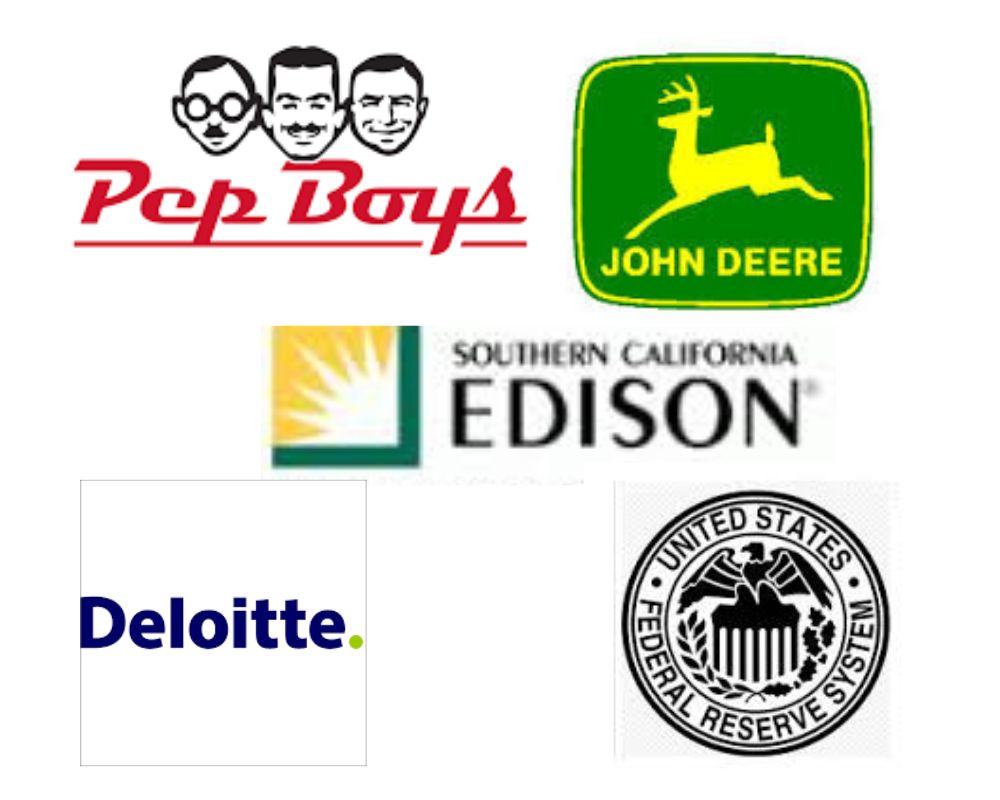–By Jan McInnis, Comedian and Keynote Speaker
Comedy is one of the easiest forms of entertainment . . . if it’s done right. All you need is a microphone, a stage, lighting and a focused audience. But have one of those things out of kilter, and you get a vastly different experience.
When I started out entertaining at some tough bar gigs, my goal was to get so successful that I’d never again have to perform comedy in a room in which you can hear the blender! Bartenders seem to have great timing: they always crank it up right as you’re hitting a punchline. No one hears it and you look foolish. Little did I know that there are room setups that make the blender gigs look easy.
I once got to do comedy at a company party on a turntable or Lazy Susan for those of you over 50. The room was stationary but the part of the floor that I performed on spun around, making a 360-degree lap every 10 minutes. In a 60 minute show, everyone got to see my face six times. There was a wall behind me, so people on each side of the room couldn’t see each other, which made it even more interesting because I’d spin slowly into one part of the room, annoy the people who had forgotten there was comedy, and then I’d spin out. Sixty minutes of this. The client was drunk when I got there, so she didn’t see the problem. She probably was drunk when she reserved a spinning stage and a comedian, but I can’t say for sure. My only saving grace was that the DJ was booked through the same agency, so I had a witness to this mess. Needless to say my comedy-on-a-turntable did not resonate well with the group.
I got another chance to do some comedy spins at an event a few years later, but instead of the floor spinning, it was just me! The company that hired me said that since there would be more than 1,000 people in attendance, they wanted to make sure everyone could see the comedian. So they put me on a pedestal in the middle of the room, with people sitting all around me, and asked me to spin while I told jokes. I’ve always wanted to be put on a pedestal— figuratively, not literally. I didn’t know about the spinning until I arrived at the event, and the client kept asking me before the show, “So do you think this is okay?” I refused to say yes because I didn’t want to take the blame for it, so I just responded, “I’ll try it.” I did end up having a lot of fun with it, and even though the comedy show went very well, I would not recommend spinning comedy. This is when I decided that being a famous comedian would come in really, really handy because I could put my foot down and demand that I not spin. But I needed the money and I’m not famous, so spin I did!
Of course there are stationary room setups that are not conducive to comedy either. Try telling jokes in the basement ballroom of a fancy hotel with posts placed throughout the room. I started off trying to dodge in between them and around them and beside them, until I finally blurted out, “I went to college so I didn’t have to get a job dancing around a pole!” It got a big laugh and I got to acknowledge the situation I was in. At least everyone in the room was experiencing my “pole dance,” so it was funny and the comedy show still rocked!
And sometimes, the stage is a little more makeshift than I’d like. I did a comedy show at a college, during lunchtime, in which I had to stand on a long, narrow lunch table. These college gigs are called “nooners” because they happen at noon in the cafeteria. Many comedians do them and the comedy-on-a-tabletop is pretty standard. Weird. I don’t know how many decibels the noise level got to that day, but I’m pretty sure no one heard my jokes; the students were more interested in their burgers and fries than my humor. But no one questioned why an almost 40-something woman was standing in their cafeteria on a table. I did my act to the clock. When it struck 45 minutes, I jumped down and left. Now, I do a lot of keynotes at health care events, and they have a term called a “never-event” for a mistake that should have never happened, like operating on the wrong body part or injecting the wrong medication. I think that term, never-event, sums up these nooners.
In addition to these venues, just a few other off-the-wall comedy settings I’ve told jokes in are:
In a bakery ● on a gigantic bowling alley with people inside gigantic clear bowling balls rolling by me ● in a winery ● outside in a field next to a canal with huge barges going by ● on a floating dock on a lake with the audience on the grass embankment on shore ● at a restaurant while people were eating ●at a restaurant filled with hundreds of statues ● in a multimillion dollar gymnasium with a $20 sound system ● on an aircraft carrier with the wall open behind me so you could see the ocean ● inside a museum, on the steps leading to an exhibit.
WISDOM: Don’t overthink things. Some of these situations came about because the client was overthinking the audience, such as “Comedy will make the students eat lunch.” No, hunger will make the students eat lunch, but the client was trying to fix something that didn’t need fixing. Thinking about things from too many angles can make your head spin, even if you’re not telling jokes on a Lazy Susan!
About the author. . . comedian, keynote speaker, and comedy writer Jan McInnis has shared her customized humor keynotes with thousands of associations and corporations. She is also the author of “Finding the Funny FAST; How To Create Quick Humor To Connect With Clients, Coworkers And Crowds,” and “Convention Comedian: Stories and Wisdom From Two Decades of Chicken Dinners and Comedy Clubs.” Jan was featured in the Wall Street Journal, the Washington Post, and the Huffington Post for her clean humor. From a recent client: “Thank you Jan. You were a HIT! It was a good conference and you capped it up for us perfectly.”






